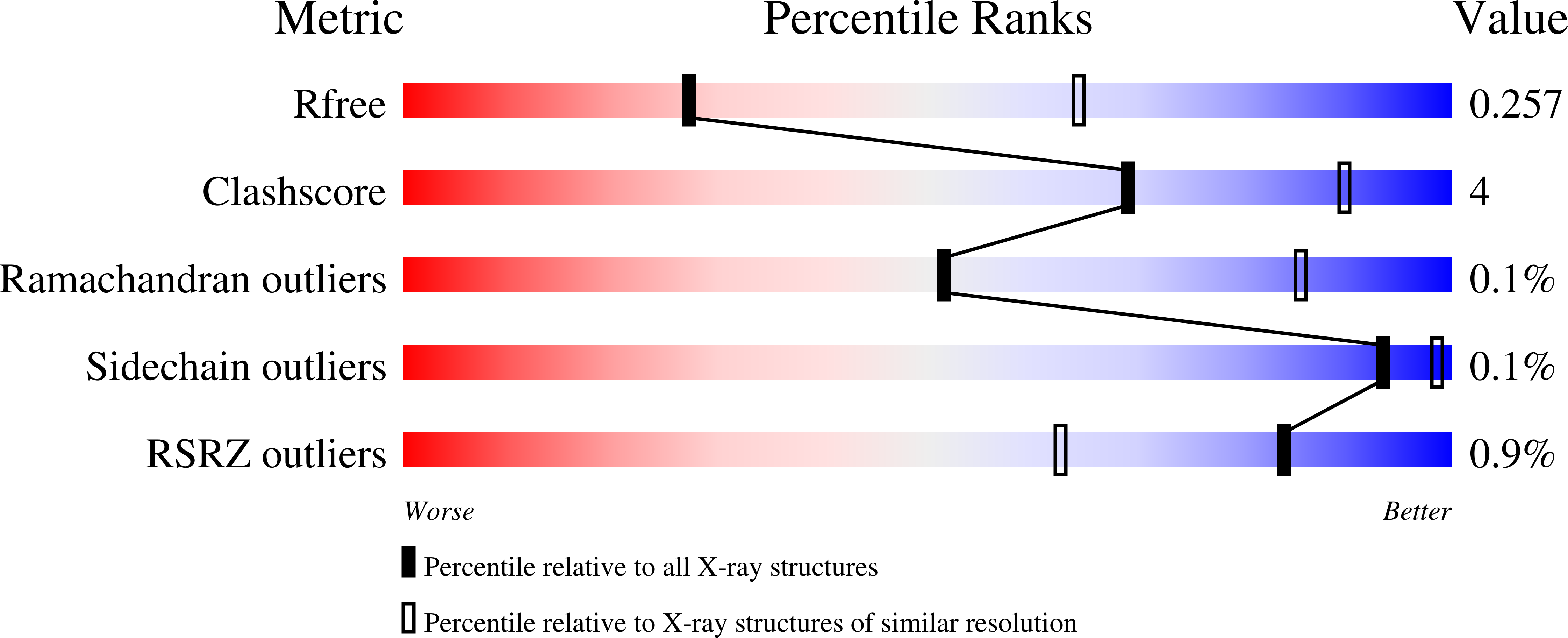
Deposition Date
2021-12-01
Release Date
2022-10-19
Last Version Date
2024-11-13
Method Details:
Experimental Method:
Resolution:
3.00 Å
R-Value Free:
0.25
R-Value Work:
0.21
R-Value Observed:
0.21
Space Group:
P 1 21 1


